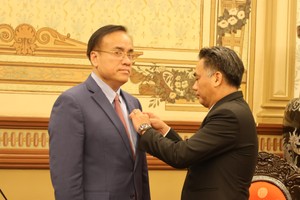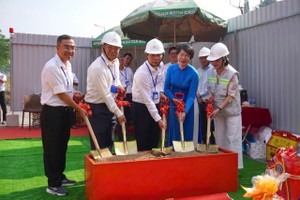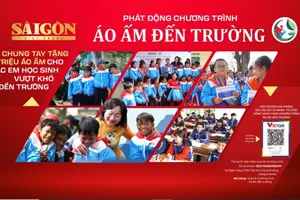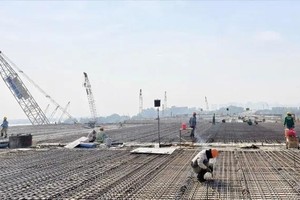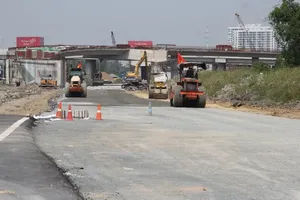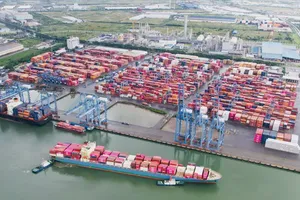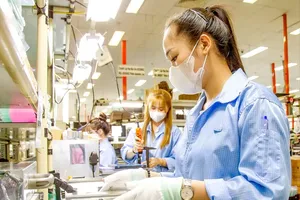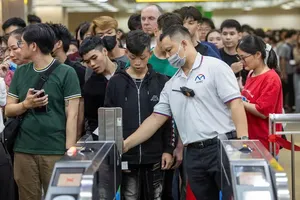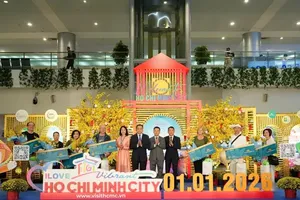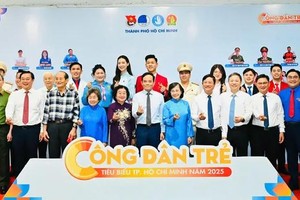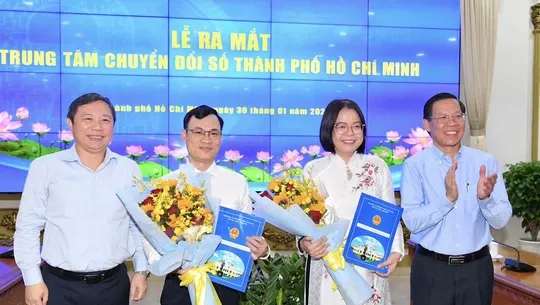
The digital transformation process has had positive influences on economic activities in HCMC. Online transactions are blooming on social platforms, particularly during the Tet holiday. Along with that is the launch of the HCMC Center for Digital Transformation on January 30, which is a necessary step to establish a professional system for the digital economy – society – consumption in the city in 2024.
Now that the above process has reaped a number of achievements, HCMC also considers green transformation as the foundation for its sustainable growth. For instance, the ‘2-in-1’ order for Can Gio District aims at green growth and effective exploitation of carbon credit resources – the strength of this island district.
Obviously, the simultaneous development of digital and green aspects is predicted to truly transform the city in 2024 despite the weak and slow economic recovery of the country.
While still following the content of the three development momentum pillars, it seems that the weakness of HCMC lies in slow public investment disbursement, bad debts in banks, and issues in the real estate market or corporate bonds, leading to certain negative impacts. This public investment and its cooperation with the private one are normally the answer for physical congestion – more infrastructure and urban traffic growth.
Therefore, it is necessary to solve the capital problem like considering the effects of capital allocation and the intervention of the Vietnam State Bank in HCMC. Because of the extremely large capital scale, in the short term, improper arrangements of the banks participating in this disbursement process might result in capital ‘crisis’ in other forms.
Regarding manufacturing and exporting activities, Vietnam still sees a rather gloomy future owing to its dependence on the recoveries of the US, EU, and Chinese markets and several tax policies in both the US and EU against merchandise with Chinese origin, the carbon tax and global minimum tax in EU.
Highly aware of the above trouble, the municipal authorities adopted a series of measures to stimulate the general demands right at the end of last year to create a driving force for the first quarter this year and to maintain the growth rate for the first half of 2024. When savings interest rates are low and investment options are rather limited, economic behaviors shift to consumption. It is advisable to urge this force to domestic high-quality products, especially on e-commerce platforms.
HCMC should also consider a number of risk management scenarios to face the unstable global economy, the deadline of huge bond batches, and the bad debts. There should also be calculations of capital provision for the cases when low loan interest rates cannot be maintained, and the applicable tax incentive policies expire.
Clearly, 2024 will still be the year of unleashing the city’s inner strength, boosting domestic consumption based on a switch of development models – promoting e-commerce floors and their variations that satisfy the digital and green growth. Also, there is a need to improve product quality, warehousing chains, and distribution steps in order to increase the general competitiveness of the city, moving gradually towards the ‘live streaming’ economy here.
The final point to remember is that economic leverages or measures to stimulate consumption and services all aim at having a reserve source for social security policies in HCMC to protect its dwellers.
